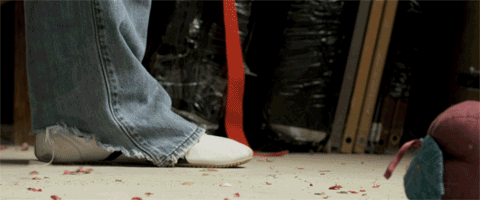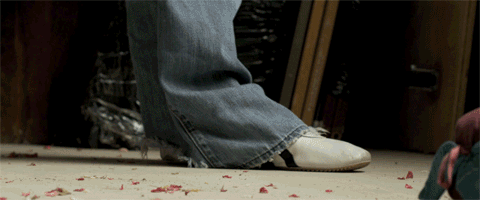My biggest concern is Blu Ray spec, since it's either 24p or 60i :/ I'd hate to learn that the home version of the movie is just 24p.
Hopefully they'll just update it like they did for 3D...?
http://www.neogaf.com/forum/showpost.php?p=37374995&postcount=1222They probably could but it would only work with newer players or limited older ones. Doubling the framerate can increase the decoding requirements quite a bit and would cause other complications as well. (greater storage requirement, won't work with slower drives, though that's mostly irrelevant since newer players mostly have 2x drives at least)
Edit: There's also the complication that most current TVs aren't able to handle 48FPS natively so the player would have to do the suitable frame pull-down work. So yeah not holding my breath for a 48FPS home release for now at all.
Nope. Check out the the Video Format Support (6.2) and Video Format Timing Specifications (6.3) sections of the 1.3 specification.TVs can handle 1080 48p video just fine over HDMI. If it isn't supported it'll be because content providers will restrict it using HDCP.
Admittedly I haven't seen a leak of the full HDMI 1.4 spec yet (it's really only meant for manufacturers), but there's no mention of it in the public press info and I don't recall hearing any rumblings about support for it over at avs, etc. Haven't looked in a while though.
Let's say it actually was supported though, obviously it would be part of the optional specification. Worse, I've never seen a video processor that handles it. So basically no TV would know what to do with it even if it successfully passed HDCP and received the signal.
I do expect it will part of the next BD iteration.I was talking about for 60fps content. I doubt 48fps content will be released in anything other than 24fps unless our TVs and BR players are changed to officially support it.


